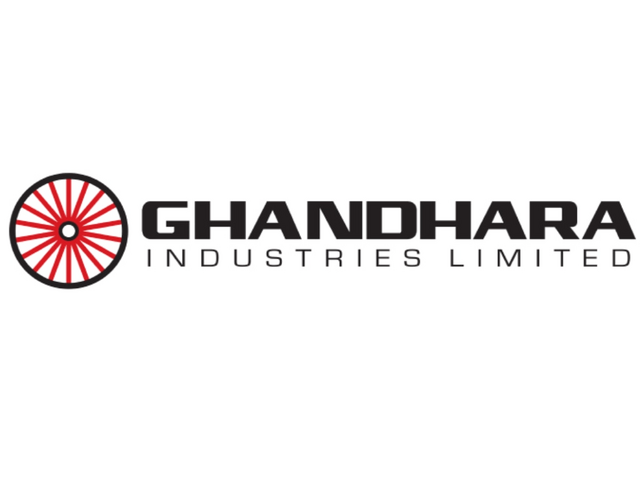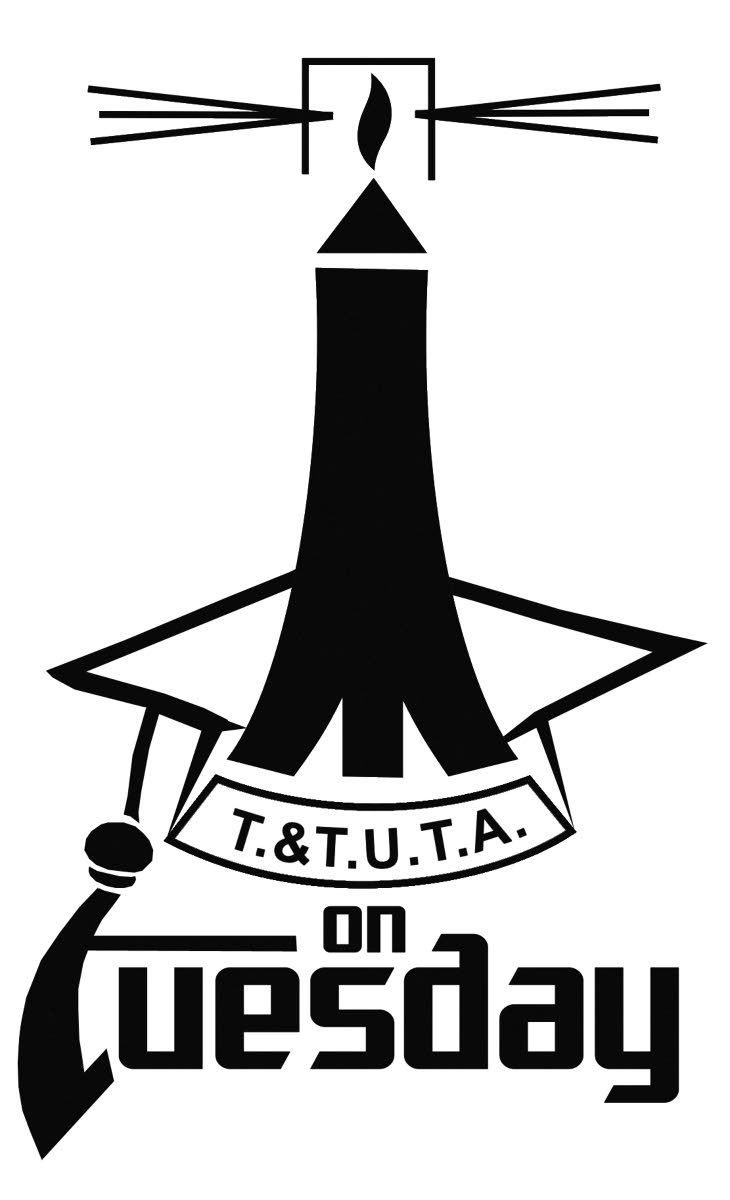Copyright brecorder

Ghandhara Industries Limited (GHNI) was incorporated in Pakistan in 1963. The company is engaged in the assembly, progressive manufacturing and sale of Isuzu trucks, buses and pick-ups. Pattern of Shareholding As of June 30, 2025, GHNI has a total of 42.609 million shares outstanding which are held by 8303 shareholders. Associated companies, undertaking and related parties have the majority stake of 57.48 percent in the company followed by local general public holding 23.10 percent shares. Modarabas & Mutual funds account for 2.30 percent shares of GHNI. The remaining shares are held by other categories of shareholders. Financial Performance (2019-25) Over the period under consideration, GHNI’s topline and bottomline posted year-on-year decline in 2019, 2020 and 2023. The company’s bottomline drastically fell in 2019 followed by net loss recorded in 2020. The bottomline recovered in 2021 and 2022 only to slump again in 2023. In 2024 and 2025, GHNI’s net profit tremendously improved. Its margins followed a downward journey until 2020 and then rebounded in 2021. In 2022, GHNI’s margins tumbled again. In 2023, gross and operating margins inched up while net margins continued to erode. GHNI’s margins followed an upward trajectory thereafter to attain their optimum level in 2025 (see the graph of profitability ratios). The detailed performance review of the period under consideration is given below. In 2019, GHNI’s topline registered 17 percent year-on-year fall to clock in at Rs.13,909.91 million. During the year, Pakistan’s truck and bus industry volumes also witnessed a sharp 33 percent year-on-year slump which stood at 6763 units in 2019. This was on account of slow progress of CPEC, higher international steel prices, weaker Pak Rupee and halt on government spending in 2019. In line with the industry’s trend, GHNI also sold 3018 units of trucks and buses in 2019, down 25 percent year-on-year. However, on the positive front, the company diversified its portfolio and launched pick-up trucks “D-MAX” in 2019. The company sold 391 units of its pick-up trucks in 2019. Due to lower demand and production of trucks and buses, cost of sales slid by 9.9 percent year-on-year in 2019. This resulted in 48.52 percent year-on-year slide in gross profit with GP margin slipping from 18.55 percent in 2018 to 11.51 percent in 2019. Distribution and administrative expense also shrank by 8.41 percent and 22.76 percent respectively in 2019. This was on account of lower sales commission as well as lower payroll expense respectively in 2019. GHNI also trimmed its workforce from 738 employees in 2018 to 611 employees in 2019 due to curtailed operations on the back of sluggish demand. Operating profit eroded by 59.30 percent year-on-year in 2019 with OP margin narrowing down from 13 percent in 2018 to 6.40 percent in 2019. Finance cost magnified by 237.7 percent year-on-year in 2019 on account of higher discount rate and increased borrowings particularly to finance imported merchandise. As a consequence, net profit contracted by 95.60 percent year-on-year in 2019 to clock in at Rs.59.95 million with EPS of Rs.1.41 versus EPS of Rs.31.98 recorded in 2018. NP margin also drastically dropped from 8.12 percent in 2018 to 0.43 percent in 2019. The truck and bus industry which was already grappling against lackluster demand due to sluggish economic activity, exorbitant prices of raw materials in international market, Pak Rupee depreciation, high indigenous inflation and elevated finance cost was hit hard by COVID-19 in 2020. This further put a dent on the industry’s sales volume which fell by 46 percent year-on-year in 2020 to clock in at 3647 units. GHNI sold 1700 units of trucks and buses in 2020, down 44 percent year-on-year. Conversely, sales volume of its newly launched pick-up trucks improved by 68 percent year-on-year to clock in at 656 units. GHNI’s topline nosedived by 15.25 percent year-on-year to clock in at Rs, 11,788.25 million in 2020; however, its cost couldn’t fall by a similar magnitudedue to rising cost of raw materials and Pak Rupee depreciation. As a consequence, gross profit thinned by 56.75 percent year-on-year in 2020 with GP margin inching down to 5.88 percent. Distribution expense declined by 7.7 percent year-on-year in 2020 on account of lower sales commission incurred during the year. Conversely, administrative expense picked up by 1.74 percent in 2020 due to higher payroll expense as number of employees increased to 621 in 2020. GHNI registered operating loss of Rs.41.49 million in 2020. Its financial performance was further exacerbated by 29.26 percent year-on-year hike in finance cost due to rising discount rate until March 2020 coupled with increased borrowings obtained during the year. This translated into net loss of Rs.1282.88 million in 2020 with loss per share of Rs.30.11. In 2021, the truck and bus industry thrived and registered 19 percent year-on-year rise in its sales volume which clocked in at 4347 units. As the overall business environment began to gain momentum owing to ease of lockdown, strengthening of Pak Rupee as well as various economic stimulus packages initiated by the government, customers regained their lost confidence and began to invest in the automobile industry. During the year, GHNI sold 2020 units of trucks and buses, up19 percent year-on-year. Conversely, sales volume of pick-up trucks fell by 52 percent year-on-year to clock in at 316 units in 2021. This resulted in 27.24 percent year-on-year escalation in GHNI’s topline which clocked in at Rs. 14,999.49 million in 2021. Cost of sales grew by 16.48 percent year-on-year in 2021. Pak Rupee appreciation kept the cost in check during the year. On account of stronger local currency and upward revision in prices of trucks & buses, GHNI’s gross profit elevated by 199.53 percent in 2021 with GP margin jumping up to 13.83 percent. Distribution expense surged by 15.49 percent in 2021 mainly on account of higher salaries as well as a considerable hike in late delivery charges. Administrative expense also escalated by 29.27 percent in 2021 due to higher payroll expense as number of employees grew to 681 in 2021. Higher scrap sales as well as profit on saving accounts and term deposits drove other income up by a massive 243.71 percent in 2021. However, it was largely offset by 488.53 percent year-on-year spike in other expense due to higher profit related provisioning as well as provision booked for doubtful debts, deposits and advances in 2021. GHNI was able to recover from operating losses in 2021 and posted a robust operating profit of Rs.1204.28 million. Finance cost also gave breather in 2021 as it contracted 51.97 percent year-on-year due to lower discount rate. GHNI posted net profit of Rs.604.21 million in 2021 with EPS of Rs.14.18 and NP margin of 4 percent. In 2022, GHNI’s topline registered a staggering 61.77 percent year-on-year escalation to clock in at Rs.24,265.11 million. This was backed by both price revisions as well as improved volumes. During the year, the company sold 3016 units of trucks and buses, up 49 percent year-on-year. The off-take of pick-up trucks also grew by 50 percent year-on-year to clock in at 473 units in 2022. The sales volume of the overall truck and bus industry also boasted 49 percent year-on-year rebound to clock in at 6498 units in 2022. This was on account of bullish trend prevailing in the local economy in the first three quarters of 2022. Cost of sales hiked by 64.86 percent year-on-year in 2022 due to steep depreciation of Pak Rupee as well as spike in commodity prices. Gross profit grew by 42.53 percent year-on-year in 2022;however, GP margin marched down to 12.19 percent. The company was able to maintain its administrative expense at the last year’s level as the number of employees slumped to 657 in 2022. Conversely, distribution expense mounted by 69.20 percent year-on-year in 2022 on account of massive hike in sales commission. Operating profit improved by 32.24 percent year-on-year in 2022, yet OP margin plunged to 6.56 percent. Despite monetary tightening, GHNI was able to cut back its finance cost by 3.14 percent in 2022 due to efficient usage of its borrowing lines. As a result, its net profit rose by 20.57 percent year-on-year in 2022 to clock in at Rs.728.50 million with EPS of Rs.17.10. NP margin ticked down to 3 percent in 2022. The economic and political upheaval that began in the last quarter of 2022, aggravated in 2023. High inflation, Pak Rupee depreciation, exorbitant commodity prices, import restrictions and hike in energy tariff and discount rate took its toll on the operational performance of businesses besides shrinking the pockets of consumers. The trucks and buses industry also suffered due to a widespread slowdown in economic activity. The overall industry sales narrowed down by 41 percent year-on-year in 2023 to clock in at 3836 units. GHNI’s sales volume clocked in at 1600 units of trucks and buses, down 47 percent year-on-year and 194 units of pick-up trucks, down 59 percent year-on-year in 2022. Consequently, net sales deteriorated by 40 percent to clock in at Rs. 14,542.58 million. Gross profit plummeted by 22.21 percent year-on-year in 2023; however, GHNI was able to drive up its GP margin to 15.82 percent by passing on the onus of cost hike to its consumers. Distribution expense dwindled by 4.46 percent year-on-year due to lower payroll expense. Administrative expense inched up by 5.48 percent year-on-year in 2023 due to higher repair & maintenance, utility charges as well as travelling and conveyance charges. Operating profit dropped by 25 percent year-on-year in 2023, however, a check on operating expense resulted in a better OP margin of 8.2 percent. Unprecedented level of discount rate resulted in 70.35 percent higher finance cost incurred in 2023. This translated into 75.37 percent thinner bottomline in 2023. Net profit clocked in at Rs.179.42 million in 2023 with EPS of Rs.4.21 and NP margin of 1.2 percent. In 2024, GHNI’s net sales ticked up by a marginal 0.85 percent to clock in at Rs.14,666.20 million. Subdued demand was the result of economic and political instability prevailing in the local market with inflation, discount rate and exchange rate presenting their ugliest form. The overall volume of industry dropped by 31 percent in 2024 to clock in at 2641 units. The company sold 1333 units of trucks & buses and 154 units of D-MAX pick-ups, down 16.69 percent and 20.62 percent respectively. Cost of sales dropped by 3.63 percent in 2024 due to efficient cost management. This coupled with strategic pricing decisions of the management resulted in 24.7 percent growth in the company’s gross profit in absolute terms with GP margin climbing up to 19.56 percent. Distribution expense mounted by 16.55 percent in 2024 mainly on account of higher commission, advertising expense, late delivery charges and after sale services charges incurred during the year. Administrative expense ticked up by 3.26 percent in 2024 due to inflationary pressure. This was despite the fact that the company squeezed its workforce from 664 employees in 2023 to 542 employees in 2024. The reversal of provision booked against ECL resulted in 77.33 percent decline in other expense in 2024. Lesser scrap sales made during the year also drove down other income by 34.39 percent in 2024. GHNI recorded 33.15 percent improvement in its operating profit in 2024 with OP margin rising up to 10.83 percent. Finance cost tapered off by 32.5 percent in 2024 due to lesser borrowings. This coupled with improved liquidity position of the company resulted in gearing ratio of 0 percent in 2024 versus gearing ratio of 26 percent recorded in the previous year. Net profit enhanced by 335.51 percent in 2024 to clock in at Rs.781.41 million with EPS of Rs.18.34 and NP margin of 5.33 percent. In 2025, GHNI’s topline posted a tremendous year-on-year rebound of 155.44 percent to clock in at Rs.37,462.87 million. This came on the back of phenomenal 133.08 percent year-on-year growth in trucks and buses volume which clocked in at 3107 units and 91.56 percent year-on-year growth in D-MAX pick-ups which clocked in at 295 units in 2025. This was on account of resumption in economic and industrial activity which provided impetus to the demand for the company’s products. Moreover, monetary easing created room for affordable vehicle financing. Price optimization and cost management allowed the company to record 216.83 percent stronger gross profit in 2025 with GP margin attaining its optimum level of 24.27 percent. Distribution expense escalated by 73.80 percent in 2025 due to higher salaries of sales force and elevated sales commission incurred during the year. Administrative expense also mounted by 72.47 percent in 2025 due to higher payroll expense as the company expanded its workforce from 542 employees in 2024 to 602 employees in 2025. Increased provisioning for WWF and WPPF resulted in 1580.80 percent spike in other expense in 2025. Other expense was almost offset by 129.90 percent stronger other income recorded during the year which was the impact of gain on sale of investment at FVTPL, higher profit on saving deposits and elevated commission income. Operating profit multiplied by 311.91 percent in 2025 with OP margin climbing up to 17.47 percent. Finance cost tumbled by 82,.71 percent in 2025 due to lower discount rate and better fund management. GHNI settled its entire short-term borrowings in 2025. Net profit was recorded at Rs.4583.66 million in 2025, up 486.59 percent year-on-year. This translated into EPS of Rs.107.58 and NP margin of 12.24 percent in 2025. Future Outlook The progress in economic and business activity has led to significant improvement in the company’s volumes. The resumption of projects such as Reko Diq mining, Thar coal and dams’ construction may positively contribute to the demand for trucks. Besides, the rehabilitation of flood-affected areas will also create demand for company’s products.



